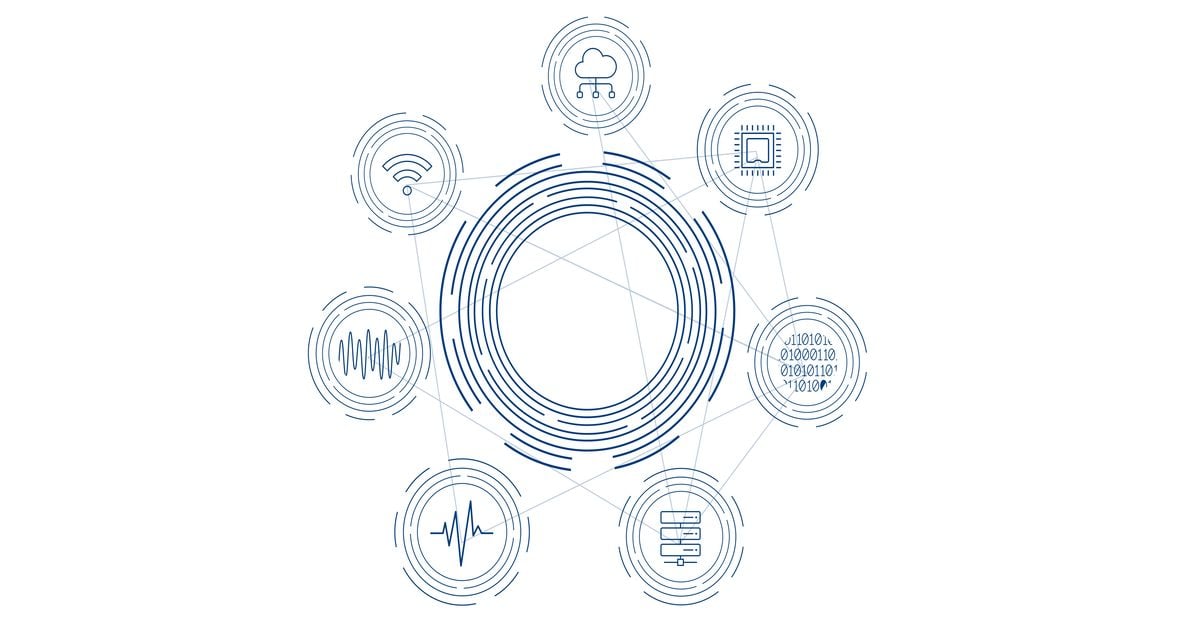Latest Trends and Advancements in Data Converter Design
A special issue of Electronics (ISSN 2079-9292). This special issue belongs to the section "Circuit and Signal Processing".
Deadline for manuscript submissions: 15 February 2025 | Viewed by 1083

Special Issue Editors
Interests: sensor; signal conditioning circuits; thermocouple; measurement uncertainty assessment; computer systems for signal acquisition and processing in the measurement of physical quantities; measurement systems software
2. Department of Measuring Information Technologies, Lviv Polytechnic National University, 79013 Lviv, Ukraine
Interests: uncertainty of measurement; signal processing; mathematical modelling of signals and measurement process
Interests: pyroelectric sensors; phase transition in TGS group ferroelectrics; dielectric spectroscopy; material engineering—magneto electric composites and sensors
Special Issue Information
Dear Colleagues,
The scope of this Special Issue covers the latest trends and developments in the design of data converters. Analog signals, converted into digital signals, are the basis for the operation of all kinds of systems, both measurement and information technology. Data converters are used in all areas of life, including the automotive, aerospace and other industries, quality control, smart building, IoT, medicine.
Today, in the era of rapidly developing technology, including IOT, it is difficult to imagine a device that is not based on a microcontroller or other digital programmable circuit. The transition between the world of real analogue signals and the digital world, used in the ubiquitous Internet, is possible thanks to various types of data converters.
Increasing numbers of IoT devices are being developed, not only in industry, but also in everyday life. Every smartphone and car has different kinds of sensors (accelerometer, magnetometer, temperature sensor or GPS), with various applications allowing you to control these devices and connect these devices via wireless networks. Sensors are installed in many devices; at the junction of these two types of analogue and digital signals are A/C and C/A converters, which are used, among other things, to measure and identify objects.
The purpose of this Special Issue is to collect practical and theoretical scientific articles related to trends and developments in the design of data converters. The main aim of this Special Issue is to present the variety of applications offered by data converters. Sensors are used in both everyday life (smartphones, intelligent buildings), biomedicine and telecommunications, in many industries. Advances in this field require the development of new methods for their theoretical basis, as well as algorithms for processing all new signals.
Topics may include, but are not limited to, the following:
- Data acquisition systems;
- Measurement systems and methods for medical, biomedical and healthcare;
- Measurement for electric and magnetic quantities;
- Bioelectromagnetics;
- Internet of things, wireless sensors networks;
- Smart buildings, smart cities and smart grids;
- Optical measurement system, fiber optic measurements;
- Image and signal processing techniques in measurement;
- Sensors and transducers, microsensors, sensor fusion;
- Virtual measurement systems and soft sensors;
- Non-invasive measurement methods and systems;
- Measurements for society and welfare;
- Measurement for aerospace;
- Mechanical measurements;
- Measurement for food safety;
- Calibration and verification;
- Cyber-physical systems;
- Means of measurement, control, diagnostics and testing;
- Metrology, quality, standardization and certification;
Dr. Anna Szlachta
Prof. Dr. Mykhaylo Dorozhovets
Dr. Mariusz Trybus
Guest Editors
Manuscript Submission Information
Manuscripts should be submitted online at www.mdpi.com by registering and logging in to this website. Once you are registered, click here to go to the submission form. Manuscripts can be submitted until the deadline. All submissions that pass pre-check are peer-reviewed. Accepted papers will be published continuously in the journal (as soon as accepted) and will be listed together on the special issue website. Research articles, review articles as well as short communications are invited. For planned papers, a title and short abstract (about 100 words) can be sent to the Editorial Office for announcement on this website.
Submitted manuscripts should not have been published previously, nor be under consideration for publication elsewhere (except conference proceedings papers). All manuscripts are thoroughly refereed through a single-blind peer-review process. A guide for authors and other relevant information for submission of manuscripts is available on the Instructions for Authors page. Electronics is an international peer-reviewed open access semimonthly journal published by MDPI.
Please visit the Instructions for Authors page before submitting a manuscript. The Article Processing Charge (APC) for publication in this open access journal is 2400 CHF (Swiss Francs). Submitted papers should be well formatted and use good English. Authors may use MDPI's English editing service prior to publication or during author revisions.
Keywords
- data converters
- signals
- sensors
- industry
- biomedical engineering
- telecommunications
- power electronic
Benefits of Publishing in a Special Issue
- Ease of navigation: Grouping papers by topic helps scholars navigate broad scope journals more efficiently.
- Greater discoverability: Special Issues support the reach and impact of scientific research. Articles in Special Issues are more discoverable and cited more frequently.
- Expansion of research network: Special Issues facilitate connections among authors, fostering scientific collaborations.
- External promotion: Articles in Special Issues are often promoted through the journal's social media, increasing their visibility.
- e-Book format: Special Issues with more than 10 articles can be published as dedicated e-books, ensuring wide and rapid dissemination.
Further information on MDPI's Special Issue polices can be found here.







